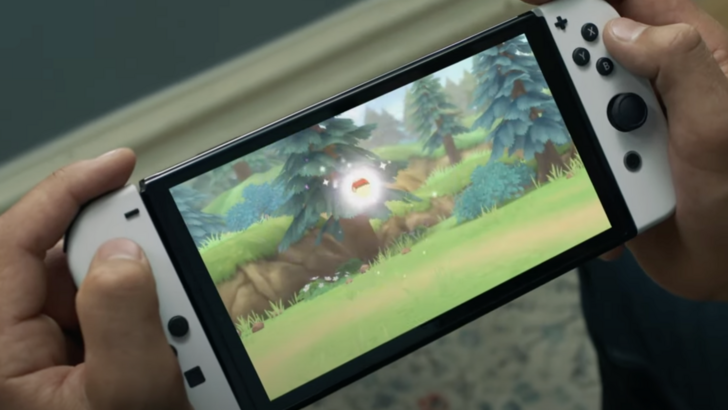DLSS: Revolutionizing Gaming Performance Explained
Nvidia's Deep Learning Super Sampling (DLSS) has revolutionized PC gaming since its introduction in 2019, enhancing both performance and image quality. This technology not only boosts the value and longevity of Nvidia's RTX graphics cards but also continually evolves, with updates enhancing its capabilities across different generations. In this comprehensive guide, we'll explore what DLSS is, its operational mechanics, the distinctions between its versions, and its significance for gamers, even those not currently using Nvidia hardware.
*Additional contributions by Matthew S. Smith.*
What Is DLSS?
Nvidia DLSS, or Deep Learning Super Sampling, is a proprietary system designed to enhance game performance and image quality. The term "Super Sampling" refers to its ability to upscale games to higher resolutions using a neural network trained on extensive gameplay data. This method significantly reduces the performance impact compared to manually setting a higher resolution in-game.
Beyond its initial upscaling function, DLSS now encompasses several systems that improve image quality, including:
- DLSS Ray Reconstruction: Enhances lighting and shadow quality using AI.
- DLSS Frame Generation and Multi Frame Generation: Uses AI to insert frames, boosting frame rates.
- DLAA (Deep Learning Anti-Aliasing): Applies AI-enhanced anti-aliasing for superior graphics at native resolution.
The most recognized feature, Super Resolution, is particularly beneficial when paired with ray tracing. In DLSS-supported games, you can select from various modes such as Ultra Performance, Performance, Balanced, and Quality. For instance, in Cyberpunk 2077, choosing 4K resolution with DLSS Quality mode allows the game to render at 1440p, which DLSS then upscales to 4K, resulting in higher frame rates due to the lower rendering resolution and AI-assisted upscaling.
DLSS's neural rendering differs significantly from older techniques like checkerboard rendering, adding details not visible at native resolution and preserving details lost in other upscaling methods. However, it can introduce artifacts like "bubbling" shadows or flickering lines, though these have been minimized with updates, especially in DLSS 4.
The Generational Leap: DLSS 3 to DLSS 4
With the RTX 50-series, Nvidia introduced DLSS 4, which utilizes a new Transformer model (TNN) instead of the Convolutional Neural Network (CNN) used in DLSS 3 and 3.5. This shift to TNN allows for deeper scene analysis and improved performance across all DLSS features.
DLSS 4 enhances Super Sampling and Ray Reconstruction, retaining finer details for sharper gameplay. It also significantly improves frame generation, with DLSS Multi Frame Generation capable of producing four artificial frames for each rendered frame, potentially quadrupling frame rates. To mitigate concerns about input lag, Nvidia integrates Nvidia Reflex 2.0, which reduces latency to maintain responsiveness.
While DLSS 4 offers remarkable improvements, it's not without flaws. Higher frame generation settings can lead to minor ghosting behind moving objects. Nvidia advises adjusting frame generation to match your monitor's refresh rate to avoid issues like screen tearing.
Even without an RTX 50-series card, you can benefit from the new TNN model for Super Resolution and Ray Reconstruction using the Nvidia App, which also enables DLSS Ultra Performance mode and DLAA if not supported by the game.
Why Does DLSS Matter for Gaming?
DLSS is a pivotal technology for PC gaming, particularly for those with mid-range or lower-performance Nvidia GPUs. It enables higher graphics settings and resolutions, extending the life of your graphics card. As GPU prices continue to rise, DLSS offers a cost-effective way to maintain playable frame rates by adjusting settings or performance modes.
DLSS has also spurred competition, with AMD and Intel introducing their own upscaling technologies, FidelityFX Super Resolution (FSR) and Xe Super Sampling (XeSS), respectively. While Nvidia's DLSS leads in image quality and frame generation, the competition has driven innovation across the industry, lowering the performance-to-price barrier for many gamers.
Nvidia DLSS vs. AMD FSR vs. Intel XeSS
Nvidia's DLSS faces competition from AMD's FSR and Intel's XeSS. DLSS 4's superior image quality and multi-frame generation capabilities give it an edge, though all three technologies offer performance improvements. DLSS's machine learning advantage results in crisper images with fewer artifacts compared to its rivals.
However, DLSS is exclusive to Nvidia GPUs and requires game developer implementation, unlike the more universally compatible FSR. While many games now support DLSS, FSR, and XeSS, availability can vary.
Conclusion
Nvidia DLSS continues to evolve, significantly impacting the gaming industry. Its ongoing improvements and Nvidia's commitment to further development make it a powerful tool for enhancing gaming experiences and extending GPU longevity. While AMD and Intel offer competitive alternatives, choosing the right technology depends on balancing GPU cost, features, and game compatibility to find the best value for your gaming needs.
-
1
![Roblox Forsaken Characters Tier List [UPDATED] (2025)](https://imgs.ksjha.com/uploads/18/17380116246797f3e8a8a39.jpg)
Roblox Forsaken Characters Tier List [UPDATED] (2025)
Mar 17,2025
-
2
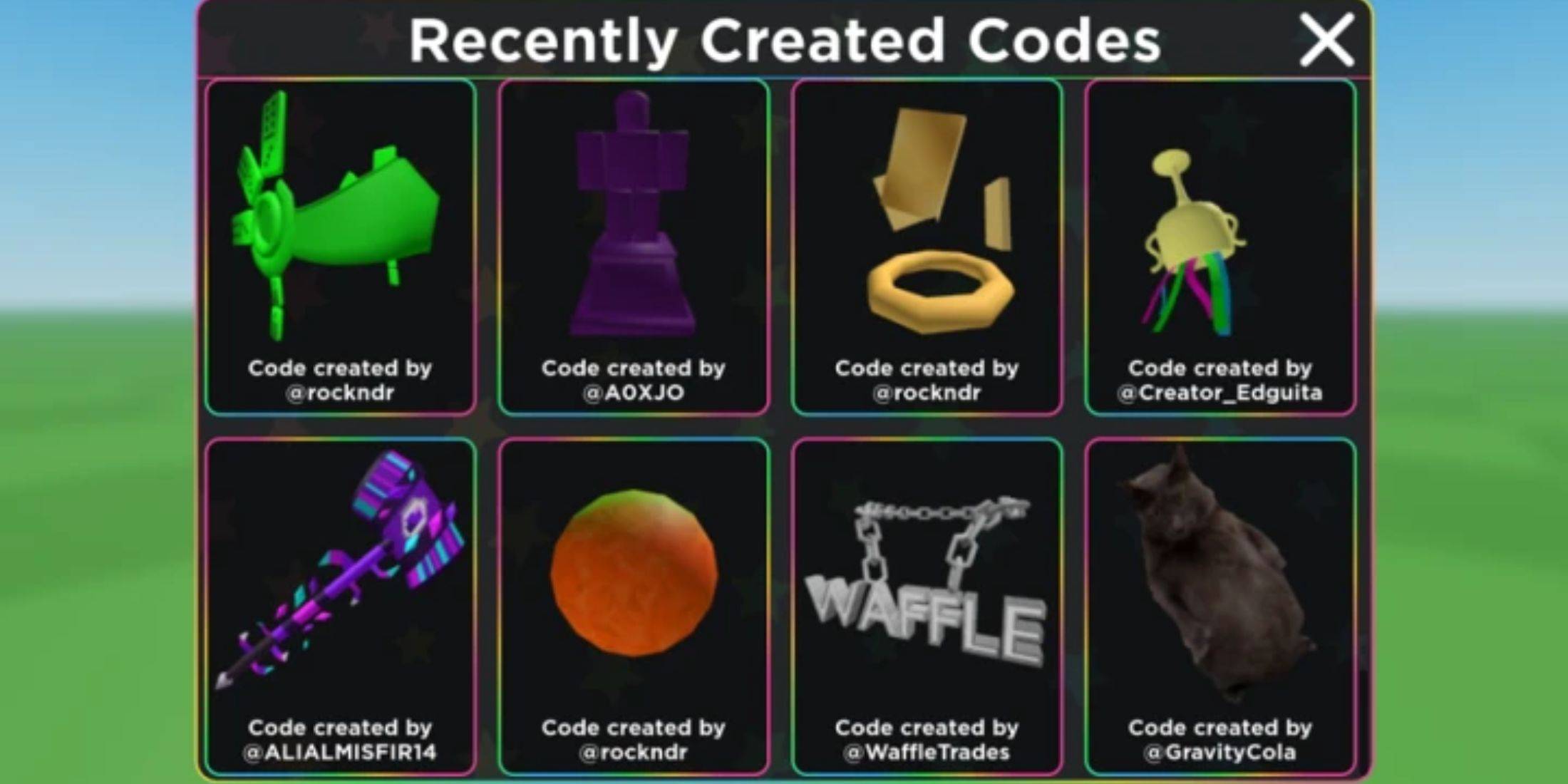
Roblox UGC Limited Codes Unveiled for January 2025
Jan 06,2025
-
3
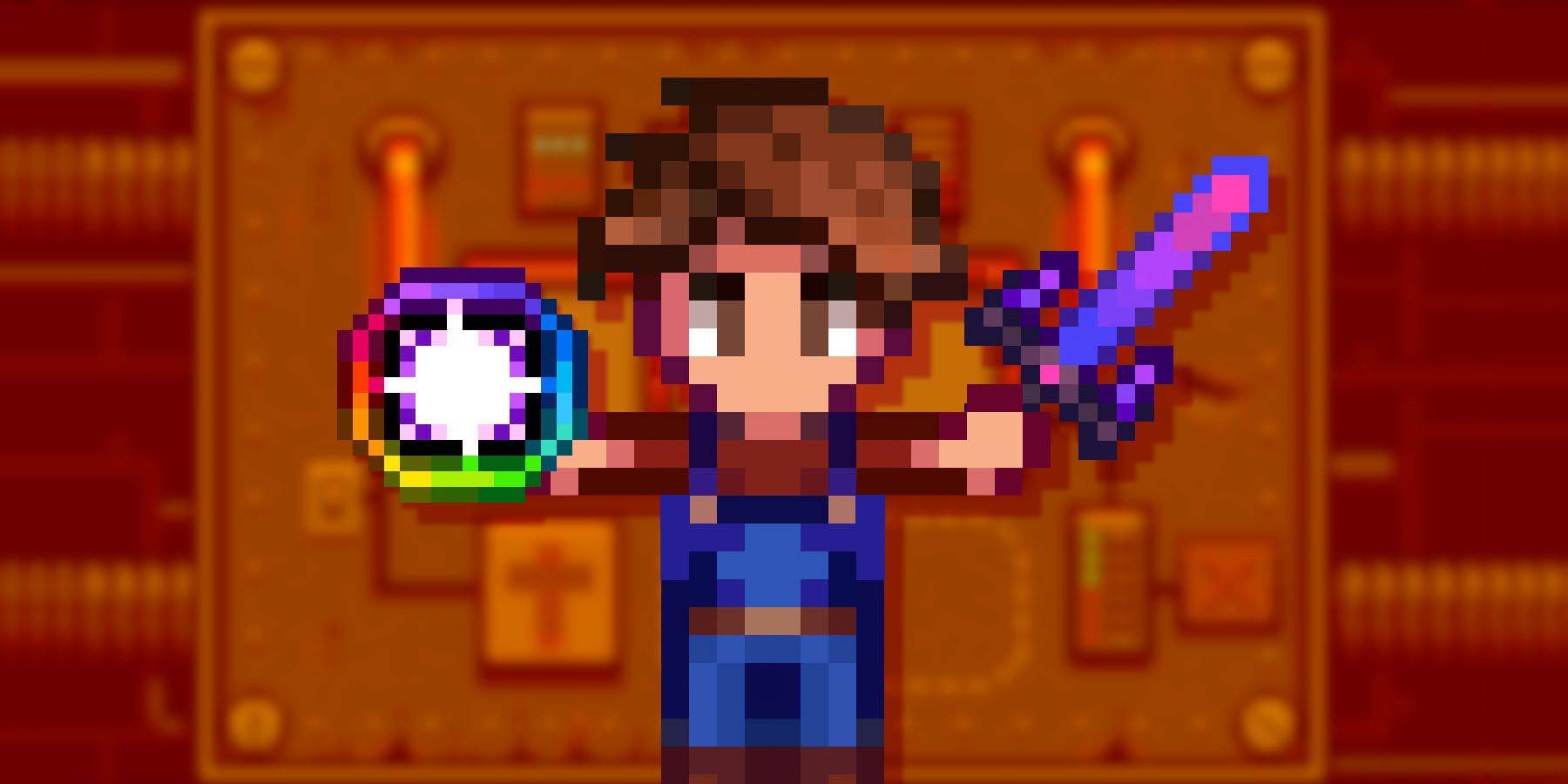
Stardew Valley: A Complete Guide To Enchantments & Weapon Forging
Jan 07,2025
-
4

Pokémon TCG Pocket: Troubleshooting Error 102 Resolved
Jan 08,2025
-
5

Free Fire Characters 2025: Ultimate Guide
Feb 20,2025
-
6
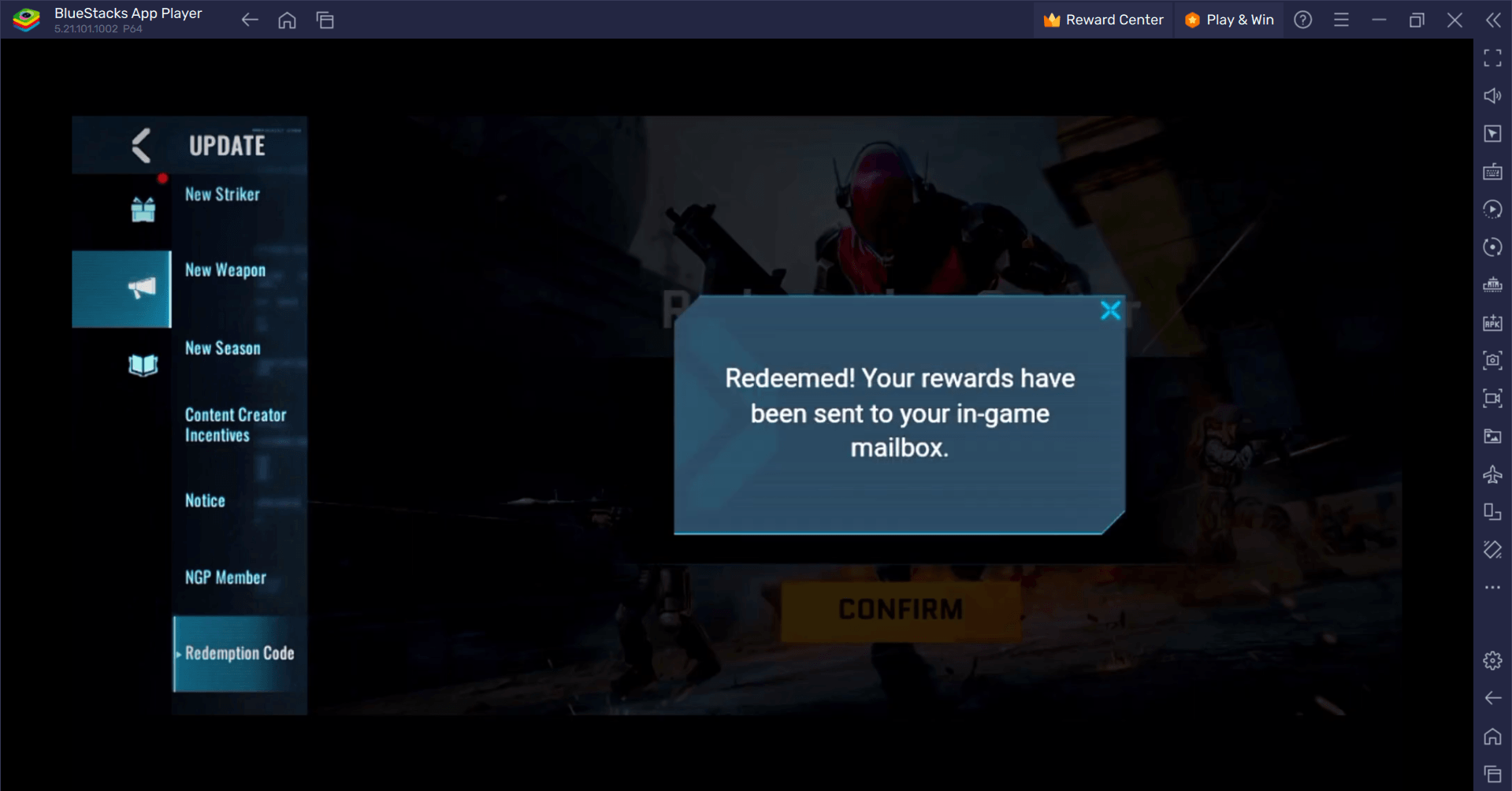
Blood Strike - All Working Redeem Codes January 2025
Jan 08,2025
-
7

Blue Archive Unveils Cyber New Year March Event
Dec 19,2024
-
8
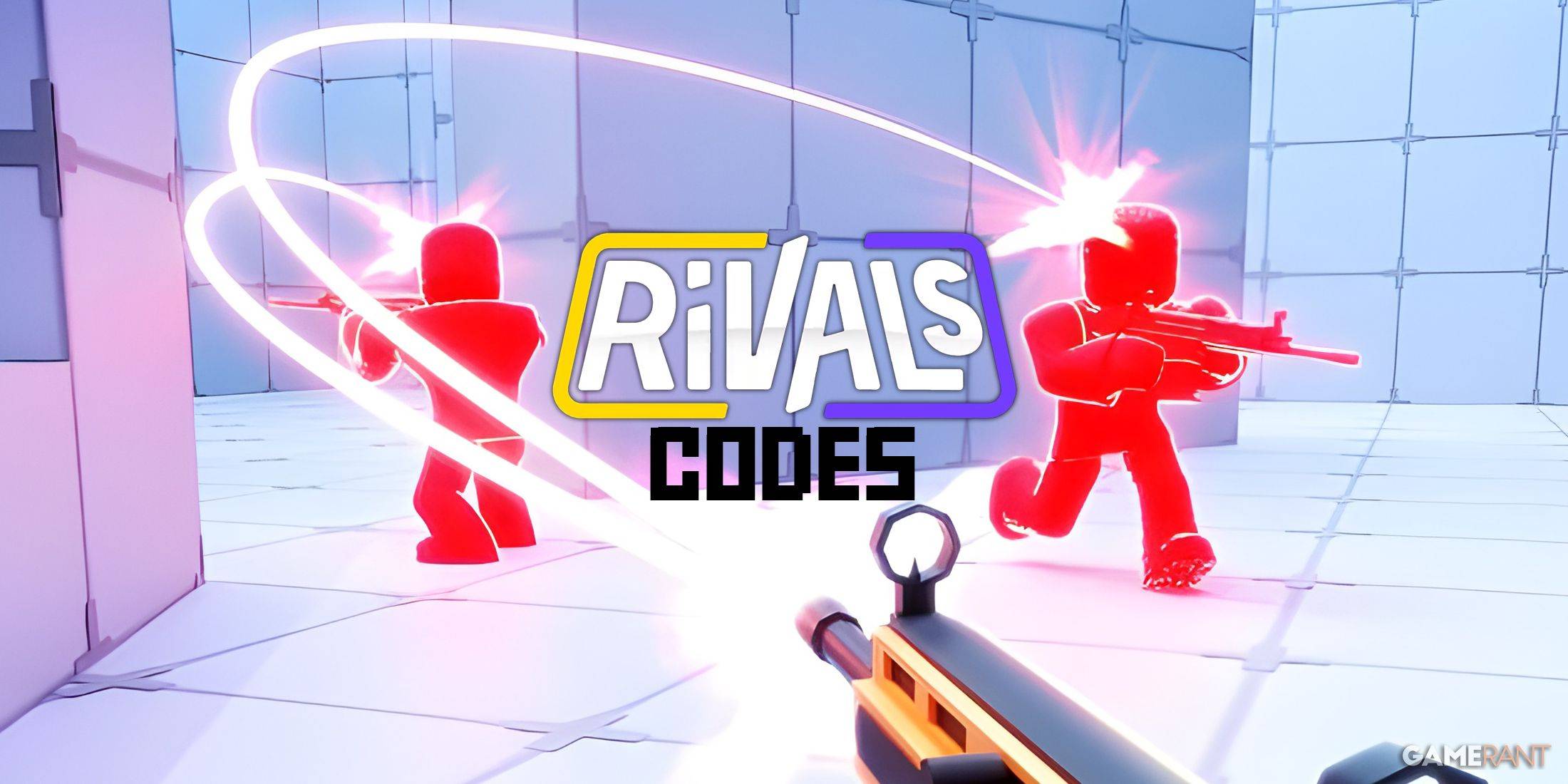
Roblox: RIVALS Codes (January 2025)
Jan 07,2025
-
9

Cyber Quest: Engage in Captivating Card Battles on Android
Dec 19,2024
-
10
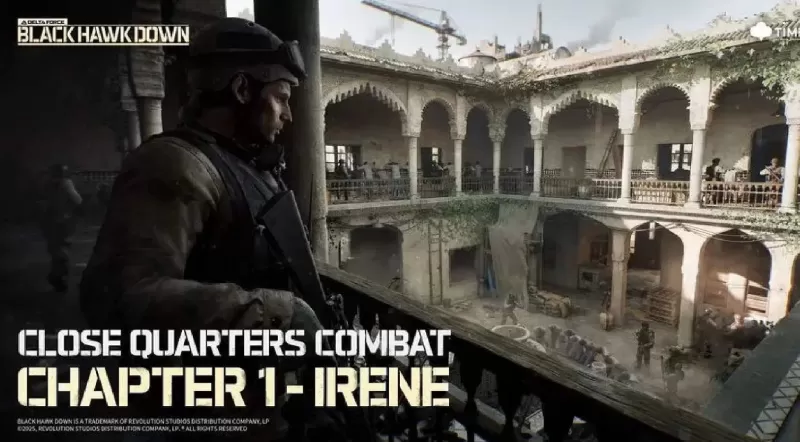
Delta Force: A Complete Guide to All Campaign Missions
Apr 09,2025
-
Download

A Simple Life with My Unobtrusive Sister
Casual / 392.30M
Update: Mar 27,2025
-
Download

Random fap scene
Casual / 20.10M
Update: Dec 26,2024
-
Download
![Corrupting the Universe [v3.0]](https://imgs.ksjha.com/uploads/66/1719514653667db61d741e9.jpg)
Corrupting the Universe [v3.0]
Casual / 486.00M
Update: Dec 17,2024
-
4
Ben 10 A day with Gwen
-
5
Oniga Town of the Dead
-
6
A Wife And Mother
-
7
Cute Reapers in my Room Android
-
8
Permit Deny
-
9
Utouto Suyasuya
-
10
Roblox

